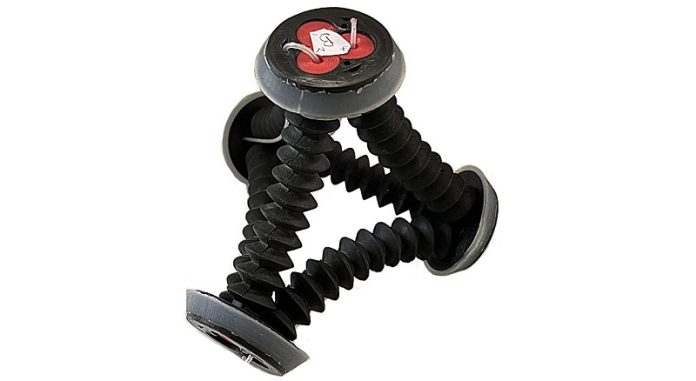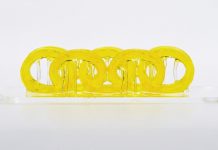
Scientists at the University of Bristol and the Bristol Robotics Laboratory have created something straight out of a science fiction movie!
Meet Tetraflex, a robot designed like a tetrahedron, a pyramid with triangular faces, that can change its form to suit different tasks and situations.
Tetraflex is not just an ordinary robot; it has flexible pipes allowing it to maneuver through tight spaces and navigate over uneven surfaces.
One of its fascinating features is its ability to wrap around fragile items, like an egg, and transport them safely, ensuring the delicate object is secure within its soft body structure.
The unique design and capabilities of Tetraflex make it highly versatile, enabling it to locomote in various ways to adapt to its surroundings.
This adaptability makes Tetraflex an invaluable asset for operations in confined or challenging environments such as search and rescue missions in earthquake rubble, oil rig inspections, and even planetary exploration!
Additionally, its object transport capability means it can retrieve and transport items from locations inaccessible to humans, aiding in ecological surveys or nuclear decommissioning tasks.
Peter Wharton, a lead researcher from Bristol’s School of Engineering Mathematics and Technology, elucidates that Tetraflex is comprised of soft, airtight rubber struts connected by rigid nodes.
By varying the air pressure inside these struts, the robot can extend or contract, changing its shape and size. By precisely controlling the air pressure in each strut, the team can generate a variety of movements such as rolling or crawling, enabling the robot to navigate diverse terrains and environments.
The adaptability and versatility of Tetraflex have garnered excitement and recognition, with the robot securing third place in the RoboSoft 2022 Locomotion Competition in Edinburgh. Here, it showcased its ability to traverse over sand, navigate through small gaps, and maneuver around obstacles, demonstrating its potential real-world applications and efficacy.
The research team is now focused on leveraging machine learning algorithms to further explore and optimize Tetraflex’s movement patterns. Peter believes that this approach might uncover innovative and effective methods for Tetraflex to move around or interact with its environment, potentially revealing capabilities that have yet to be discovered.
The development of Tetraflex represents a significant advancement in robotics, offering a multifunctional solution that can reshape itself to undertake various roles, from exploration to rescue missions. Its ability to transport fragile objects safely can also be revolutionary for delicate tasks in varied fields.
In conclusion, Tetraflex stands as a testament to the boundless possibilities within the realm of robotics.
It provides a glimpse into a future where robots can adapt and evolve to provide assistance in unimaginable ways, paving the way for innovations that can redefine our approach to exploration, disaster recovery, and many other fields.
The versatility and adaptability of Tetraflex bring us closer to a world where robots can reach the unreachable, achieve the unachievable, and explore the unexplorable.
Follow us on Twitter for more articles about this topic.



